Three Stages of a Frequency Regulation Market
Stage 1
Offline market clearance: RTO/ISO requires each resource (or aggregated DERs in a microgrid) to provide various bids

Stage 2
Regulation signal dispatch: A RTO/ISO dispatches the target active power to the resources (e.g., aggregators for microgrids, coal plants, and gas turbines) based on the allocated capacities and mileages.
Stage 3
Real-time tracking: Each resource tracks the procured active power.
The figure below illustrates the hierarchical structure for frequency regulation. RTO/ISO assigns a target active power to the aggregators. Each aggregator is responsible to track a part of the target active power by coordinating the DERs under its control. The total active power of the aggregators matches the target value.
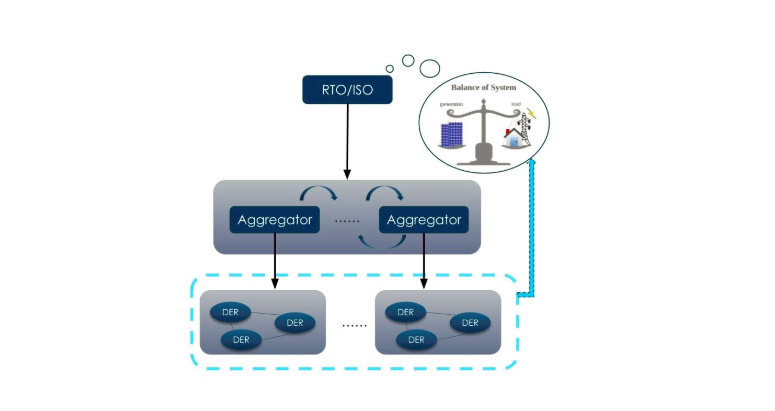
Challenges for incorporating DERs in frequency regulation
Challenge 1
An aggregator needs to identify the total capacity of DERs for the purpose of bidding in the market clearance stage. Even if the capacities, cost functions, and ramp rates for all the DERs are known, it is not clear how these would combine together for the whole microgrid due to the presence of power flow constraints.
For example, 3 DERs with capacities being respectively 5, 4, and 2, and power flow limits labeled next to the corresponding lines. The power flow limits make the actual capacity 10 (5+2+3) instead of the direct sum of the capacity 11 (5+2+4). A similar argument holds for the ramp rate.

Challenge 2
The price of producing the said amount of regulation depends upon how the regulation signal is disaggregated amongst the DERs. If there is no specific way of doing it, the cost for the same total regulation could be different depending on the cost functions of the DERs. Also, due to the uncertainties associated with DERs, it is desirable to allocate the regulation signal to the aggregators in a distributed way.
Challenge 3
Allocation of the regulation signal to the resources may not be feasible in the concurrent regulation signal dispatch method (due to the redistribution process caused by ramp rate constraints).
Solutions for optimizing DERs in frequency regulation
Solutions for Challenge 1
Solving an optimization problem that takes DERs’ cost functions, capacities, and ramp rates into account. The optimization also incorporates the power flow constraints to ensure the feasibility of the solution.
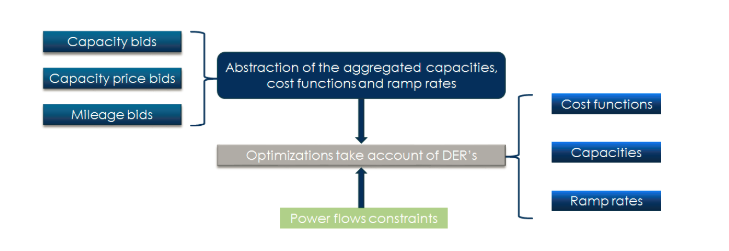
Solutions for Challenge 2
Designing a distributed algorithm to optimally allocate the regulation signal to all the aggregators for each regulation set-point.
Solutions for Challenge 3
Formulating the optimal allocation problem as a constrained optimization that reformulates itself to minimize the difference between the procured collective regulation and the required one.
Credits
Author | Samantha Bruce
Visuals | University of San Diego and Typhoon HIL
Editor | Debora Santo
References | More details are available in the paper “Participation of Microgrids in Frequency Regulation Market” by P. Srivastava, C.-Y. Chang, and J. Cortés, in Proceedings of the American Control Conference, Milwaukee, Wisconsin, USA, 2018.
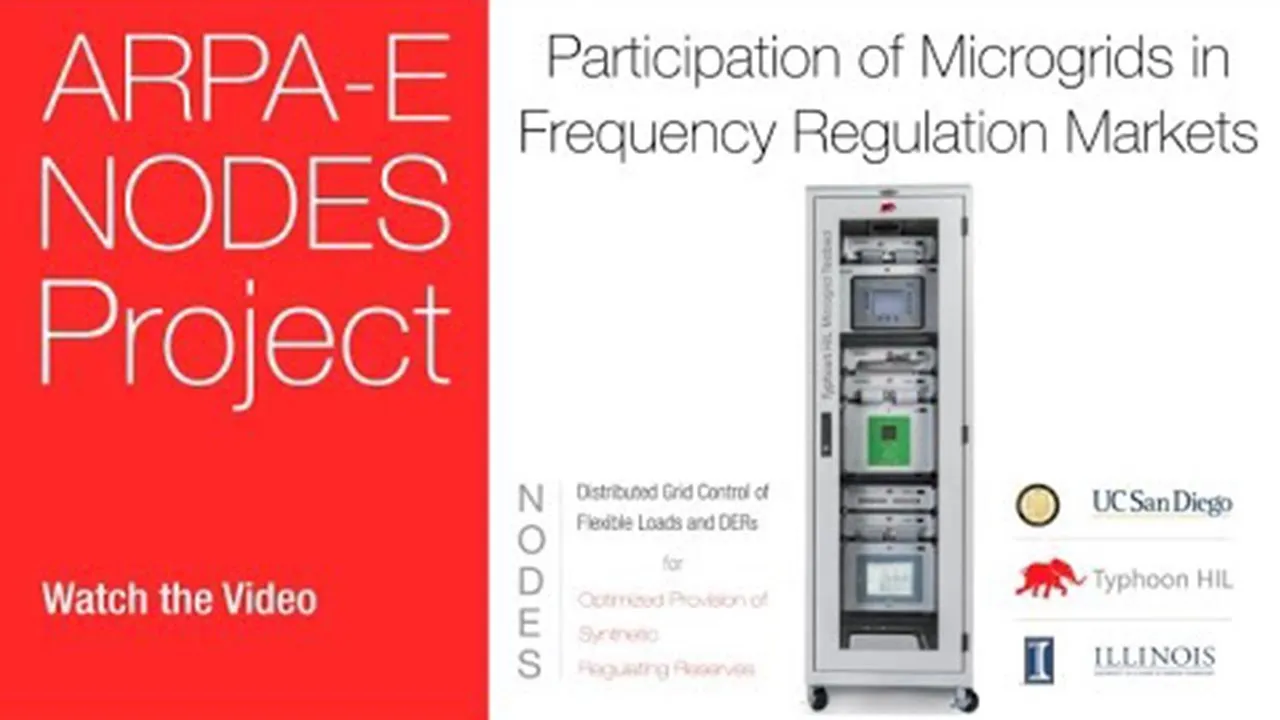
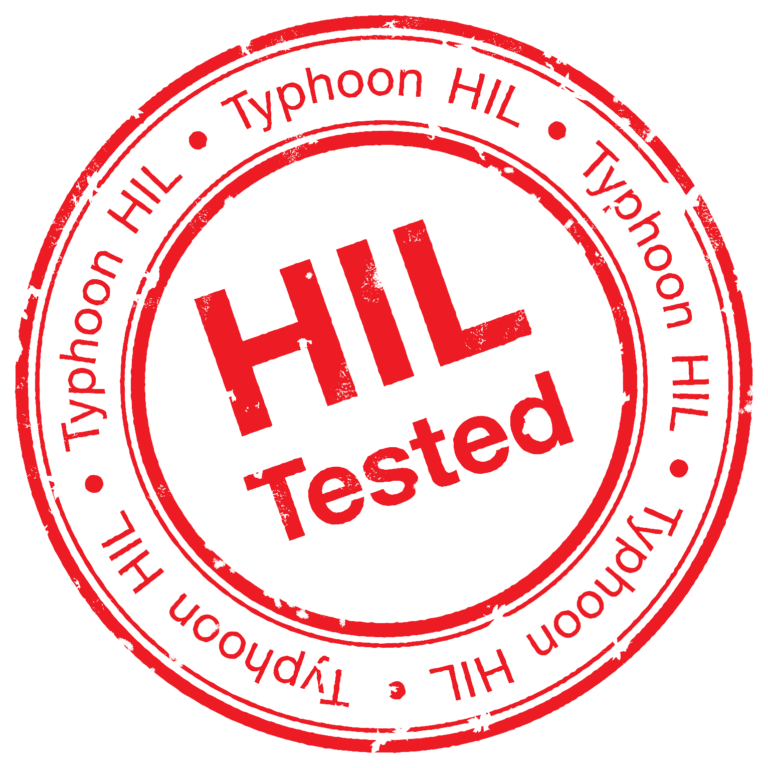
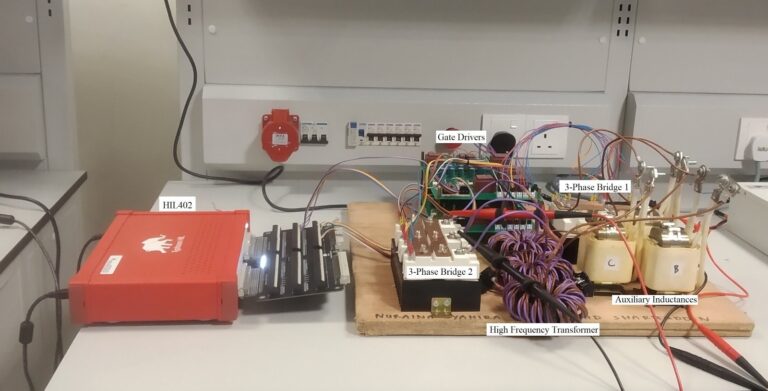
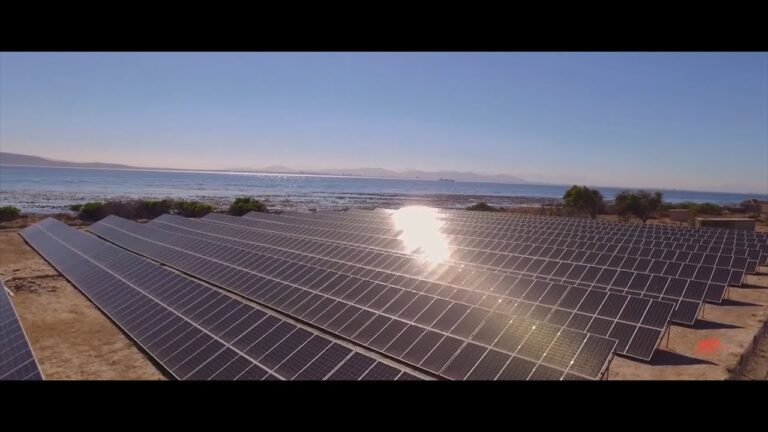
3 comments on “3 Solutions to Optimize DERs for Frequency Regulation in Microgrids”
This web site certainly has all the information I needed about this subject and didn’t know who to ask.
Hi there! I simply would like to offer you a huge thumbs up for the excellent info you’ve got right here on this post. I’ll be returning to your blog for more soon.
Nice post. I was checking constantly this blog and I’m impressed!
Extremely useful information particularly the last part.